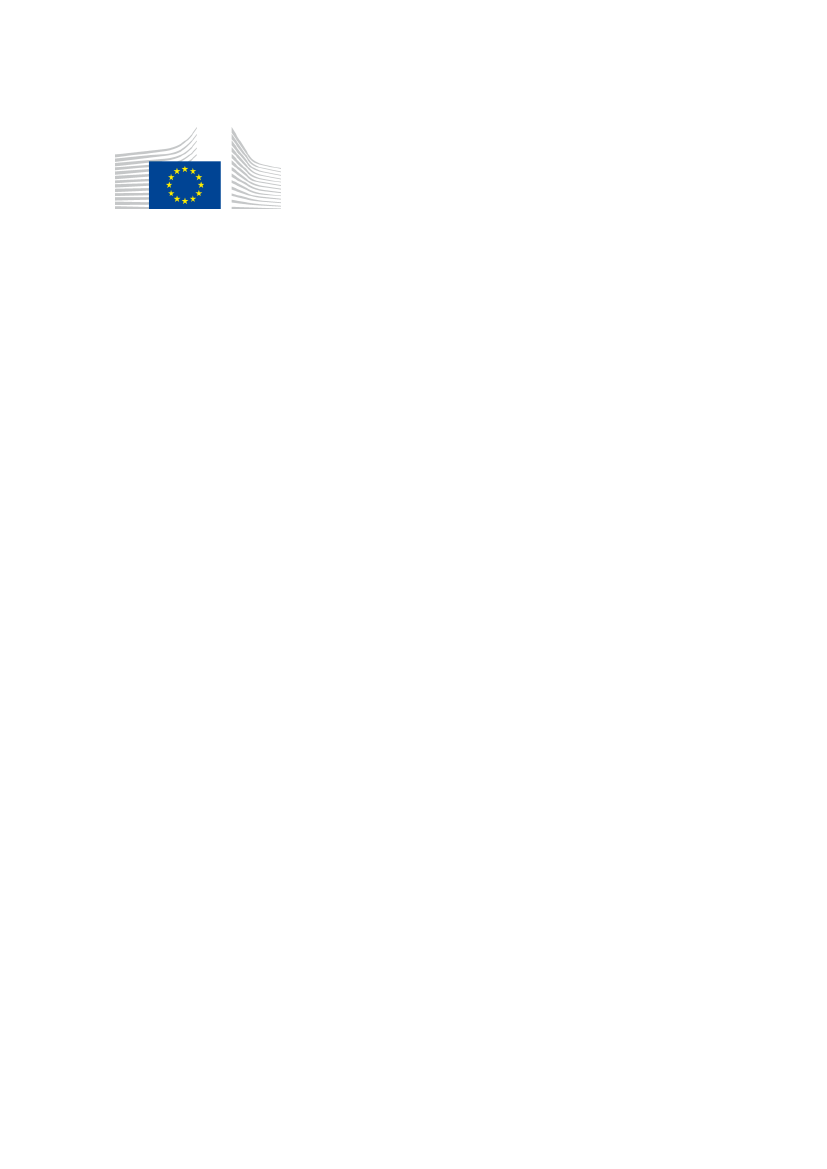
EUROPEAN
COMMISSION
Brussels, 9.7.2025
COM(2025) 529 final
ANNEXES 1 to 2
ANNEXES
to the
Communication from the Commission to the European Parliament, the Council, the
European Economic and Social Committee and the Committee of the Regions
Preparing the EU for the next health crisis : a Medical Countermeasures Strategy
EN
EN